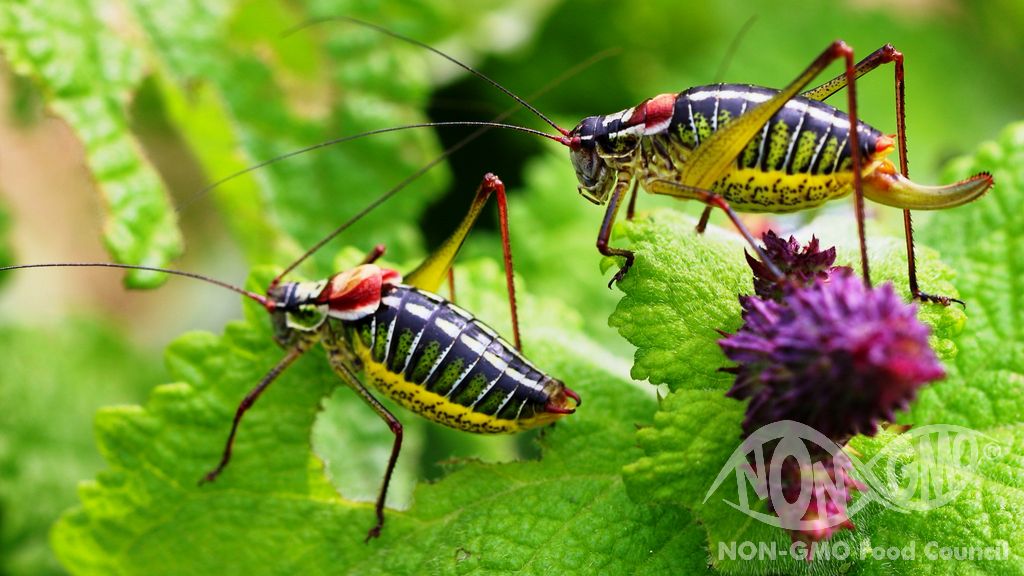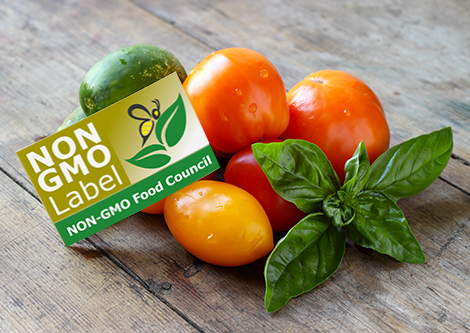Perhaps the most well-known event illustrating the importance of genetic diversity in agriculture is the Irish potato famine. In the 1800s, most of the Irish population relied on "yumper" potatoes almost exclusively for their diet.

The country was a true monoculture—a great vulnerability that manifested itself when blight spread rapidly in the countryside, devastating the crops, Irish population and economy.
Lessons learned from the Great Famine must be borne in mind. The prevalence of GMOs in major field crops threatens the genetic diversity of our food supply. Genetic diversity helps individual species adapt to new conditions, diseases and pests, and can help ecosystems adapt to a changing environment or severe conditions such as drought or flooding.
Climate change presents just these challenges, and farmers need as many tools as possible – down to the genetic code – to address them.
Traits such as drought tolerance are complex, driven by several genes. Genetic engineering usually targets one gene at a time. Traditional breeding techniques that preserve the genetic diversity of seeds and tools such as seed banks are more effective at developing drought-resistant crops.
Unfortunately, over-consolidation in the private seed sector has coincided with reduced public investment in traditional seed and breed development. These programs need to be supported at a time when farmers need more, not less.
Do not hesitate to contact our expert team to get detailed information about the GMO Free and NON GMO label and certification, or to apply for certification.
